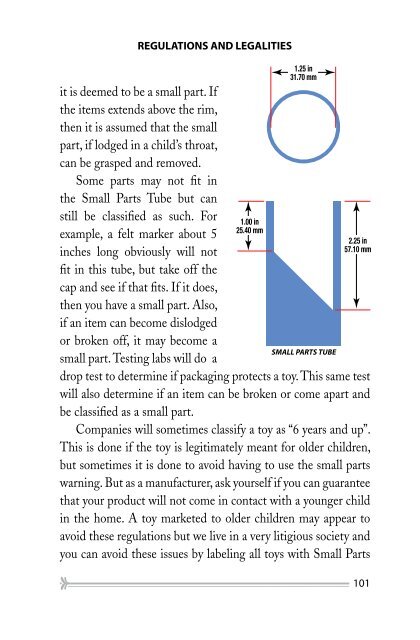The Art of Package Design
There is more to designing a successful package than just making it noticeable. This book explores how to get the most out of the design process and the regulations and legalities required in packaging. It also explores the pitfalls people fall into when trying to create packaging in multi-languages for sale in other markets and cultures. Written by Mark Lehberg, a 30+ year creative professional, this book offers creative insights and tips to create that perfect package.
There is more to designing a successful package than just making it noticeable. This book explores how to get the most out of the design process and the regulations and legalities required in packaging. It also explores the pitfalls people fall into when trying to create packaging in multi-languages for sale in other markets and cultures. Written by Mark Lehberg, a 30+ year creative professional, this book offers creative insights and tips to create that perfect package.
You also want an ePaper? Increase the reach of your titles
YUMPU automatically turns print PDFs into web optimized ePapers that Google loves.
REGULATIONS AND LEGALITIES<br />
it is deemed to be a small part. If<br />
the items extends above the rim,<br />
then it is assumed that the small<br />
part, if lodged in a child’s throat,<br />
can be grasped and removed.<br />
Some parts may not fit in<br />
the Small Parts Tube but can<br />
still be classified as such. For<br />
example, a felt marker about 5<br />
inches long obviously will not<br />
fit in this tube, but take <strong>of</strong>f the<br />
cap and see if that fits. If it does,<br />
then you have a small part. Also,<br />
if an item can become dislodged<br />
or broken <strong>of</strong>f, it may become a<br />
small part. Testing labs will do a<br />
1.00 in<br />
25.40 mm<br />
1.25 in<br />
31.70 mm<br />
SMALL PARTS TUBE<br />
2.25 in<br />
57.10 mm<br />
drop test to determine if packaging protects a toy. This same test<br />
will also determine if an item can be broken or come apart and<br />
be classified as a small part.<br />
Companies will sometimes classify a toy as “6 years and up”.<br />
This is done if the toy is legitimately meant for older children,<br />
but sometimes it is done to avoid having to use the small parts<br />
warning. But as a manufacturer, ask yourself if you can guarantee<br />
that your product will not come in contact with a younger child<br />
in the home. A toy marketed to older children may appear to<br />
avoid these regulations but we live in a very litigious society and<br />
you can avoid these issues by labeling all toys with Small Parts<br />
101



